Golf is a game of precision, power, and finesse - but it’s also one of the most asymmetrical sports in the world. Every swing is a repetitive, one-sided movement, and over time that can lead to muscle imbalances, nagging injuries, and plateaus in performance. Imagine working hard on your game, only to discover the very mechanics that fuel your swing are also holding you back.
That’s where single-sided (unilateral) training comes in. Whether your goal is to add yards off the tee, improve consistency, or stay healthy for more rounds, unilateral work is one of the best ways to build a body that performs on the course. After a summer full of golf, it’s why we’re emphasizing single-sided training in this cycle of Lift Heavy, Swing Fast.
Let’s break down why it matters—and how it can reshape your game.
1. Better Balance and Stability
Every powerful swing starts from the ground up. Exercises like suitcase deadlifts or split squats force you to stabilize one side at a time, building the small stabilizers that often get overlooked. A single-leg Romanian deadlift, for example, strengthens the hamstrings and glutes—muscles that give you balance and control throughout your swing.
2. Injury Prevention
Golfers often develop overuse injuries because one side of the body does most of the work. Unilateral training helps correct those imbalances by strengthening your weaker side. Single-arm rows, for instance, balance upper-body strength and reduce strain on the back and shoulders, keeping you healthy long-term.
3. More Power, More Distance
The hips and legs are the engine of your swing. Single-leg bridges, lateral lunges, and Bulgarian split squats build strength and force production in each leg individually. The result? Stronger ground reaction forces, better energy transfer, and a more explosive swing that translates into longer drives.
4. Greater Mobility and Flexibility
Tight hips and shoulders are common in golfers. Single-sided exercises not only build strength but also open up your range of motion. A single-arm kettlebell press, for example, builds shoulder stability while improving overhead mobility, making your swing smoother and more efficient.
5. Sharper Mind-Muscle Connection
Unilateral work demands focus. By training each side independently, you’ll develop more awareness of how your body moves, creating better sequencing and mechanics in your swing. That awareness leads to more consistent contact and accuracy on the course.
Key Unilateral Moves for Golfers
-
Suitcase Deadlifts — build balance through hamstrings, glutes, and obliques
-
Bulgarian Split Squats — develop unilateral leg strength and power
-
Single-Arm Rows — correct upper body imbalances
-
Single-Arm Presses — strengthen shoulders, wrists, and forearms while improving mobility
-
Single-Leg Glute Bridges — boost hip drive and protect the lower back
The Bottom Line
The repetitive, off-balance nature of the golf swing makes single-sided training essential. These movements build balanced strength, reduce injury risk, and increase power - all while keeping your swing fluid.
At Lift Heavy, Swing Fast, unilateral work is always a core part of our training, but this cycle we’re putting extra emphasis on it. Because if you want to swing faster, hit farther, and stay healthy—training one side at a time might just be the edge you’ve been missing.








